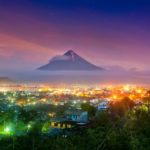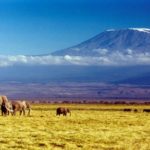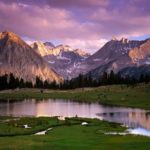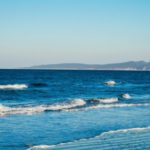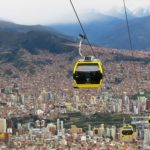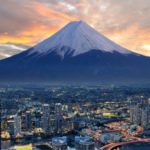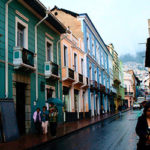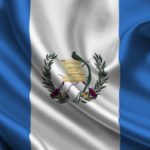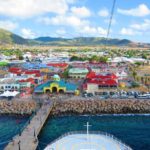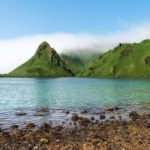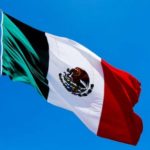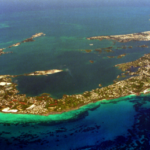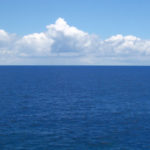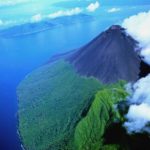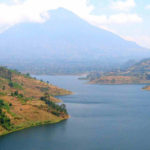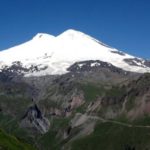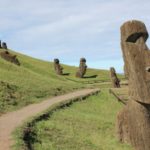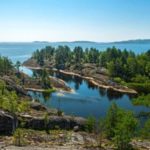Interesting facts about volcanoes and eruptions
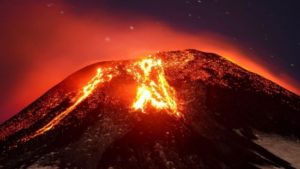 Volcanic eruptions are phenomena as beautiful as they are destructive. The references to monstrous eruptions and the devastations they produced are preserved in legends. Fortunately, nowadays people have learned to foresee in advance when the next volcano will want to once again tear out the torrents of hot magma …
Volcanic eruptions are phenomena as beautiful as they are destructive. The references to monstrous eruptions and the devastations they produced are preserved in legends. Fortunately, nowadays people have learned to foresee in advance when the next volcano will want to once again tear out the torrents of hot magma …
The word “volcano” comes from the name of the ancient Roman god Vulcan, the lord of underground fire.
The most dangerous of the active volcanoes in our days is the Volcano Popocatepetl, located thirty kilometers from the Mexican capital.
In Australia there is not one active volcano.
Many inhabited islands have a volcanic origin, for example, Grenada.
The lands adjoining to volcanoes are considered one of the most fertile.
The rate of outflow of lava from the vent of the erupting volcano can reach 70-90 kilometers per hour.
Surishay Island, located near Iceland is the youngest island on Earth. It appeared in 1963 as a result of an eruption of an underwater volcano.
At the beginning of the 20th century, the eruption of the Mont-Pele volcano on the island of Martinique caused the death of the entire population of the island, killing more than thirty thousand people. They managed to escape by a lucky coincidence only two of the islanders.
On the earth’s land there are about one and a half thousand active volcanoes.
Archaeologists have found out that the eruption of the super volcano about 75 thousand years ago caused the effect of a “volcanic winter”, overshadowing the sun for many years, and even caused rains from sulfuric acid.
The capacity of the eruption of St. Helens volcano in 1980 is comparable to the capacity of a simultaneous explosion of half a thousand medium atomic bombs.
In Iceland, the energy of volcanoes is used in special geothermal power plants.
The famous volcano Vesuvius erupted for the last time in 1944.
The famous Hawaiian Islands are located in a zone of high volcanic activity. All islands of the archipelago are of volcanic origin.
On land, there are five volcanoes less than under water.
Of all the documented eruptions, the most powerful was the eruption of the Tambor volcano in Indonesia in the early 19th century. Because of it, the average temperature on the entire planet has dropped by several degrees for about a year.
Stratovolcano is a particularly powerful volcano, which erupts gases and ashes into the stratosphere.
In 1991, the volcano Pinatubo during the eruption threw into the atmosphere about five cubic kilometers of various materials, and the height of the column of ash and gases was thirty-five kilometers.
Located in Hawaii Kilauea volcano has not stopped erupting since 1983.
The highest mountain in the world, if you count from the foot to the summit, and not from the sea level – not Everest, but the volcano Mauna Loa, which is 10210 meters high. Most of the volcano is hidden under the water column.
The deepest confirmed eruption of the underwater volcano occurred at a depth of one thousand two hundred meters.
In Antarctica there is also an active volcano – Erebus (see facts about Antarctica), which also almost continuously erupts.
A sufficiently powerful eruption of a super volcano can completely change the climate on Earth.
There are about twenty super volcanoes on our planet. Scientists claim that they erupt about once in a hundred thousand years.
The most, perhaps, famous volcano in the world is Etna, the first eruptions of which were recorded three and a half thousand years ago.
The most active volcano in the northern hemisphere is the Klyuchevskaya Sopka in Kamchatka.

